Resources
About Us
Advanced Air Mobility Market: Size & Forecast by Vehicle Type (eVTOL, Air Taxis), Propulsion Type (Fully Electric, Hybrid Electric), Application (Passenger Transportation, Cargo) & Region - Global Forecast and Analysis to 2032
Report ID: MRAD - 1041487 Pages: 198 May-2025 Formats*: PDF Category: Aerospace and Defense Delivery: 24 to 72 Hours Download Free Sample ReportThis comprehensive market research report analyzes the global Advanced Air Mobility market, evaluating how emerging aircraft technologies and infrastructure are revolutionizing urban transportation and logistics networks across various industries and regions. The report provides a strategic analysis of market dynamics, growth projections till 2032, and competitive positioning across global and regional/country-level markets.
Key Market Drivers & Trends and Insights
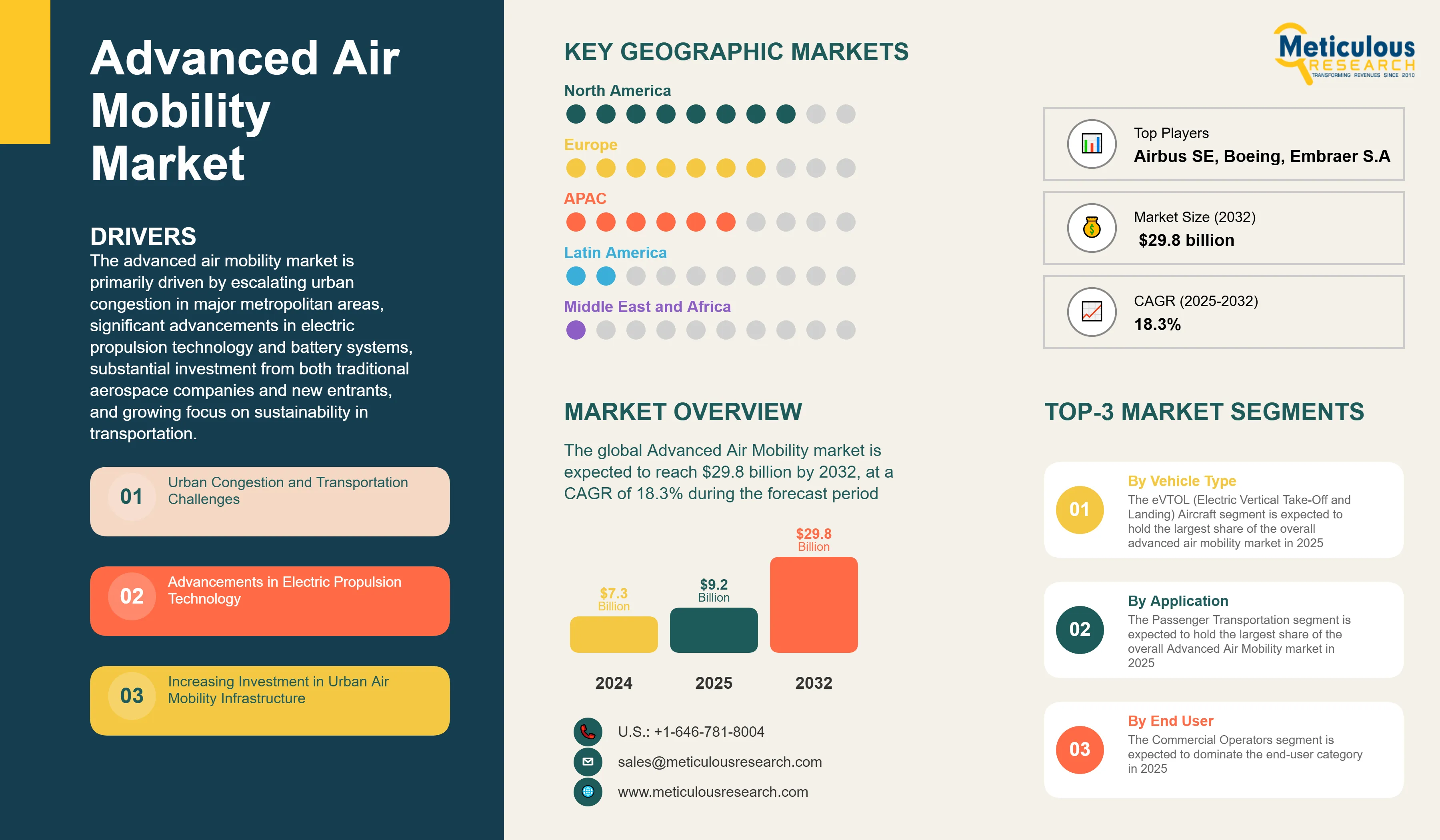
Click here to: Get Free Sample Pages of this Report
The advanced air mobility market is primarily driven by escalating urban congestion in major metropolitan areas, significant advancements in electric propulsion technology and battery systems, substantial investment from both traditional aerospace companies and new entrants, and growing focus on sustainability in transportation. The increasing partnerships between OEMs and technology providers are accelerating innovation, while the development of urban air traffic management systems is creating the necessary infrastructure backbone. Additionally, the focus on noise reduction and community integration to enhance public acceptance, and supportive regulatory frameworks in key markets are further driving market growth, especially in North America and Europe.
Key Challenges
Despite significant growth potential, the overall advanced air mobility market faces challenges including strict regulatory barriers and certification requirements by aviation authorities, which are increasing development times. Infrastructure development limitations, especially the establishment of vertiport networks, are major restraints to mass adoption of advanced air mobility solutions. Additionally, high up-front development and operational costs are constraining short-term economic viability, while present battery technology constraints influence range and payload capacity. Furthermore, complexity of air traffic management in urban areas and supply chain reliance on specialized parts present significant barriers, potentially slowing down market adoption across different regions.
Growth Opportunities
The advanced air mobility market offers several high-growth opportunities. Integration with existing transportation networks presents a significant opportunity to create seamless multimodal transportation solutions. Another major opportunity lies in expansion of commercial applications beyond passenger transport into specialized logistics, emergency services, and recreational uses. Additionally, development of vertiport infrastructure—both standalone and integrated with existing transportation hubs—represents a substantial growth area. Advancements in autonomous flight technology could dramatically reduce operational costs and enhance safety, while the emergence of subscription-based mobility services and specialized applications like aerial emergency medical services presents untapped market potential.
Market Segmentation Highlights
By Vehicle Type
The eVTOL (Electric Vertical Take-Off and Landing) Aircraft segment is expected to hold the largest share of the overall advanced air mobility market in 2025, accounting for approximately 43% of market value, with Vectored Thrust being the largest subsegment due to its operational efficiency and range advantages. The Air Taxis segment follows as the second-largest segment at 28% share of the overall market as they offer the most immediate commercial application for urban mobility. However, the Cargo Drones segment is expected to grow at the fastest CAGR of 21.7% during the forecast period, driven by logistics companies seeking to optimize last-mile delivery operations with minimal infrastructure requirements.
By Propulsion Type
The fully electric propulsion systems segment is expected to dominate the overall Advanced Air Mobility market in 2025, accounting for approximately half of the overall market, driven by zero direct emissions, lower noise profiles, and simplified maintenance requirements. The Hybrid Electric systems segment holds the second-largest share due to their extended range capabilities and operational flexibility. However, the Hydrogen Fuel Cell propulsion segment is expected to grow at the fastest CAGR of 24.8% during the forecast period as this technology addresses range limitations of battery-electric systems while maintaining zero emissions.
By Application
The Passenger Transportation segment is expected to hold the largest share of the overall Advanced Air Mobility market in 2025, accounting for approximately 40-45% share of the market, with Urban Air Mobility being the dominant subsegment due to strong investment and immediate demand in congested metropolitan areas. However, the Emergency Services applications segment is projected to grow at the highest CAGR of 22.3% during the forecast period as first responders and healthcare providers recognize the life-saving potential of rapid aerial response capabilities.
By End User
The Commercial Operators segment is expected to dominate the end-user category in 2025, accounting for approximately 30-35% share of the overall market, as they are positioned to deploy fleets of aircraft for passenger and cargo services. However, the Healthcare Providers segment is expected to grow at the highest CAGR of 23.6% through 2032 as they increasingly recognize the value of aerial mobility in emergency medical services, organ transport, and medical supply delivery to remote locations.
By Geography
North America is expected to hold the largest share of the global Advanced Air Mobility market in 2025, accounting for approximately 40-45% share of global market value, followed by Europe. This is driven by substantial venture capital investment, strong aerospace innovation ecosystems, and progressive regulatory frameworks. However, the Asia-Pacific region, particularly China, Singapore, and Japan, is projected to witness the highest CAGR of 22.7% during the forecast period 2025-2032, driven by severe urban congestion, government support for new mobility solutions, and significant investments in smart city infrastructure.
Competitive Landscape
The global Advanced Air Mobility market features a diverse competitive landscape with established aerospace manufacturers competing alongside well-funded startups and technology companies pursuing varied approaches to vehicle development and operational services.
The broader solution provider landscape is categorized into established aerospace companies and eVTOL specialists, with each group employing distinctive strategies to maintain competitive advantage. Leading providers are focusing on integrated solutions that combine aircraft manufacturing with infrastructure development and operational services while addressing regulatory challenges.
The key players operating in the global Advanced Air Mobility market are Airbus SE, Boeing Company, Embraer S.A., Joby Aviation, Archer Aviation, Lilium GmbH, Volocopter GmbH, EHang Holdings Ltd., Wisk Aero LLC, Beta Technologies, Vertical Aerospace Ltd., Eve Air Mobility, SkyDrive Inc., Hyundai Motor Group (Supernal), and Jaunt Air Mobility among others.
|
Particulars |
Details |
|
Number of Pages |
198 |
|
Format |
PDF & Excel |
|
Forecast Period |
2025–2032 |
|
Base Year |
2024 |
|
CAGR (Value) |
18.3% |
|
Market Size (Value)in 2025 |
USD 9.2 Billion |
|
Market Size (Value) in 2032 |
USD 29.8 Billion |
|
Segments Covered |
By Vehicle Type
By Propulsion Type
By Range
By Application
By End User
|
|
Countries Covered |
|
|
Key Companies |
Established Aerospace Companies: Airbus SE, Boeing Company, Embraer S.A., Hyundai Motor Group (Supernal) eVTOL Specialists: Joby Aviation, Archer Aviation, Lilium GmbH, Volocopter GmbH, EHang Holdings Ltd., Wisk Aero LLC, Beta Technologies, Vertical Aerospace Ltd., Eve Air Mobility, SkyDrive Inc., Jaunt Air Mobility |
The global Advanced Air Mobility market was valued at $7.3 billion in 2024. This market is expected to reach approximately $29.8 billion by 2032, growing from an estimated $9.2 billion in 2025, at a CAGR of 18.3% during the forecast period of 2025–2032.
The global Advanced Air Mobility market is expected to grow at a CAGR of 18.3% during the forecast period of 2025–2032.
The global Advanced Air Mobility market is expected to reach approximately $29.8 billion by 2032, growing from an estimated $9.2 billion in 2025, at a CAGR of 18.3% during the forecast period of 2025–2032.
The key companies operating in this market include Airbus SE, Boeing Company, Embraer S.A., Joby Aviation, Archer Aviation, Lilium GmbH, Volocopter GmbH, EHang Holdings Ltd., Wisk Aero LLC, Beta Technologies, Vertical Aerospace Ltd., Eve Air Mobility, SkyDrive Inc., Hyundai Motor Group (Supernal), and Jaunt Air Mobility among others.
Major trends shaping the market include increasing partnerships between OEMs and technology providers, growth in urban air traffic management systems, focus on noise reduction and community integration, advancements in autonomous flight technologies, and integration with existing transportation networks.
• In 2025, the eVTOL (Electric Vertical Take-Off and Landing) Aircraft segment is expected to dominate the overall Advanced Air Mobility market by vehicle type,
• Based on propulsion type, Fully Electric systems are expected to hold the largest share (56%) of the overall Advanced Air Mobility market in 2025.
• Based on application, the Passenger Transportation segment is expected to hold the largest share of the global Advanced Air Mobility market in 2025, with Urban Air Mobility being the dominant subsegment.
• Commercial Operators are expected to be the largest end-user segment in 2025.
• Cargo Drones are projected to grow at the highest CAGR of 21.7% in the vehicle type segment through 2032.
• Hydrogen Fuel Cell propulsion is expected to grow at the highest CAGR of 24.8% during the forecast period.
• Emergency Services applications are projected to grow at the highest CAGR of 22.3% during the forecast period.
North America is expected to hold the largest share of the global Advanced Air Mobility market in 2025, followed by Europe. This is driven by substantial venture capital investment, strong aerospace innovation ecosystems, and progressive regulatory frameworks. However, the Asia-Pacific region is projected to grow at the highest CAGR of 22.7% during the forecast period.
The growth of this market is driven by escalating urban congestion in major metropolitan areas, significant advancements in electric propulsion technology, substantial investment from both traditional aerospace companies and new entrants, growing focus on sustainability in transportation, and supportive regulatory frameworks in key markets.
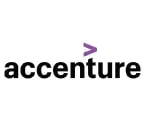

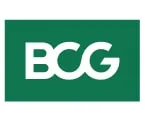
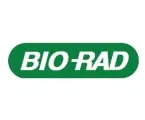
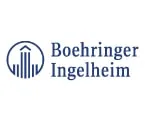

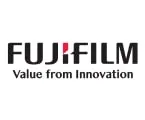

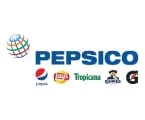
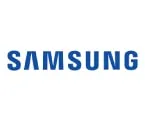


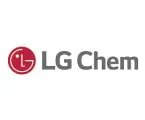

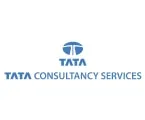
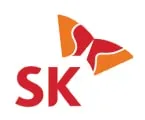
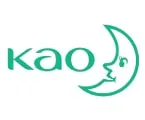

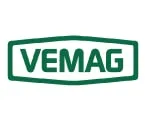
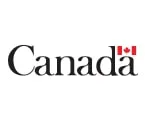

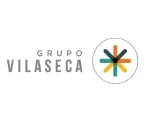

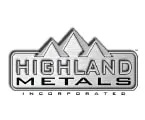
Published Date: Sep-2025
Published Date: Sep-2025
Please enter your corporate email id here to view sample report.
Subscribe to get the latest industry updates